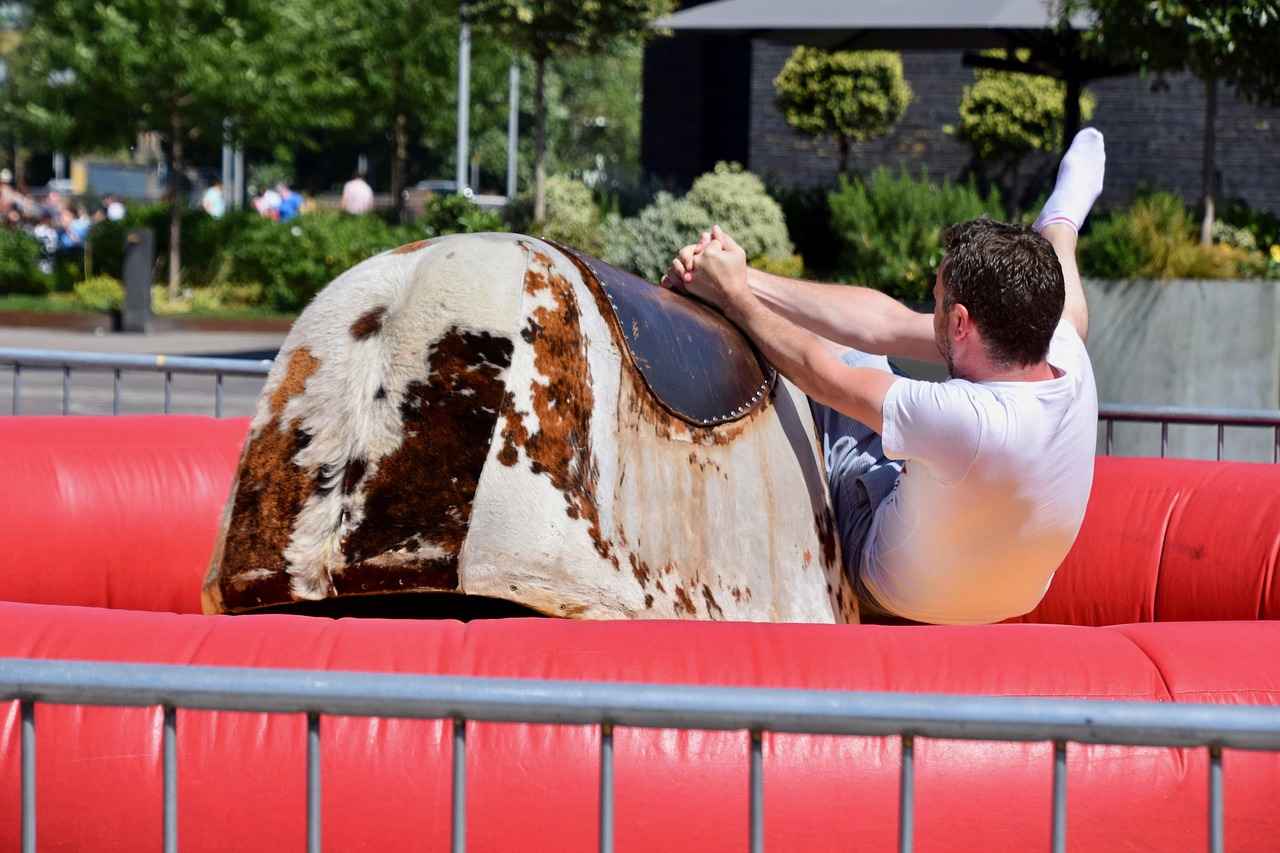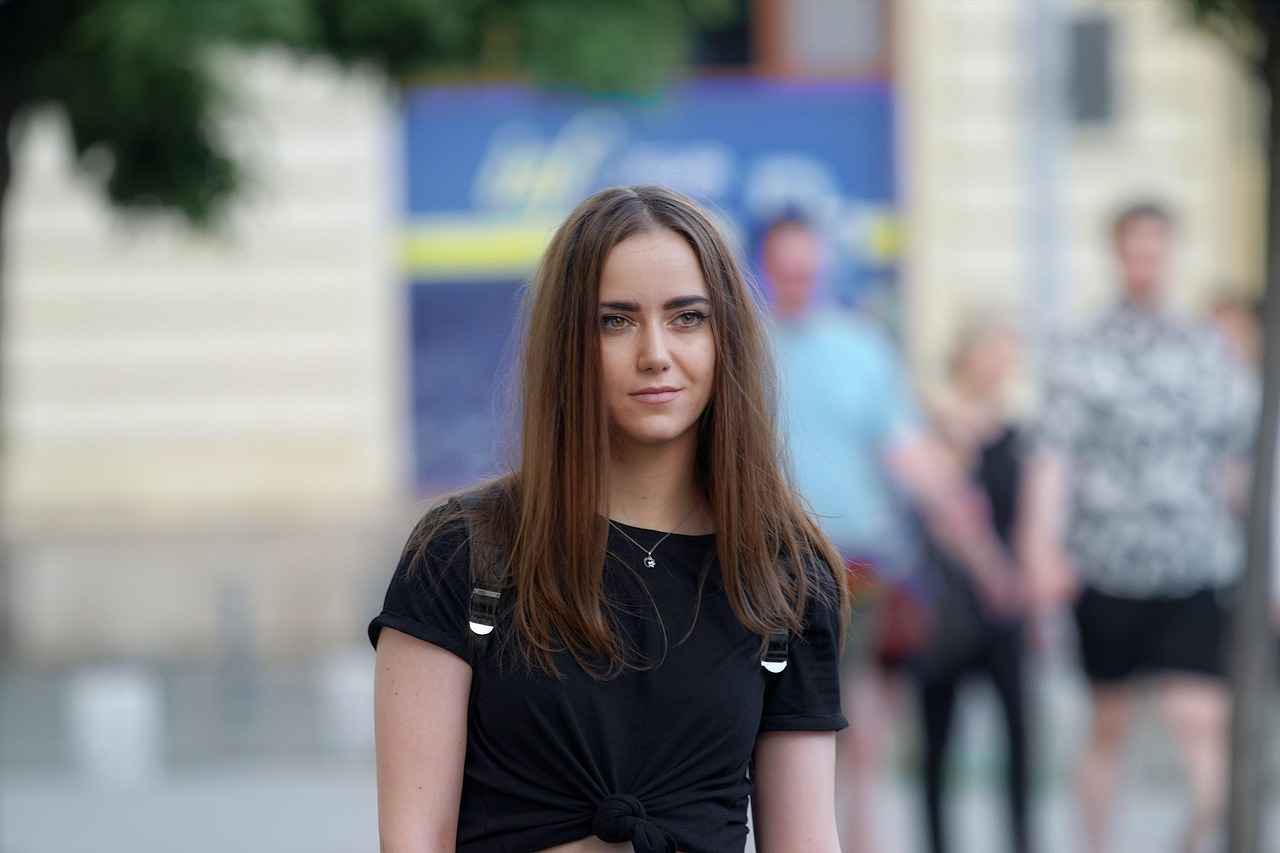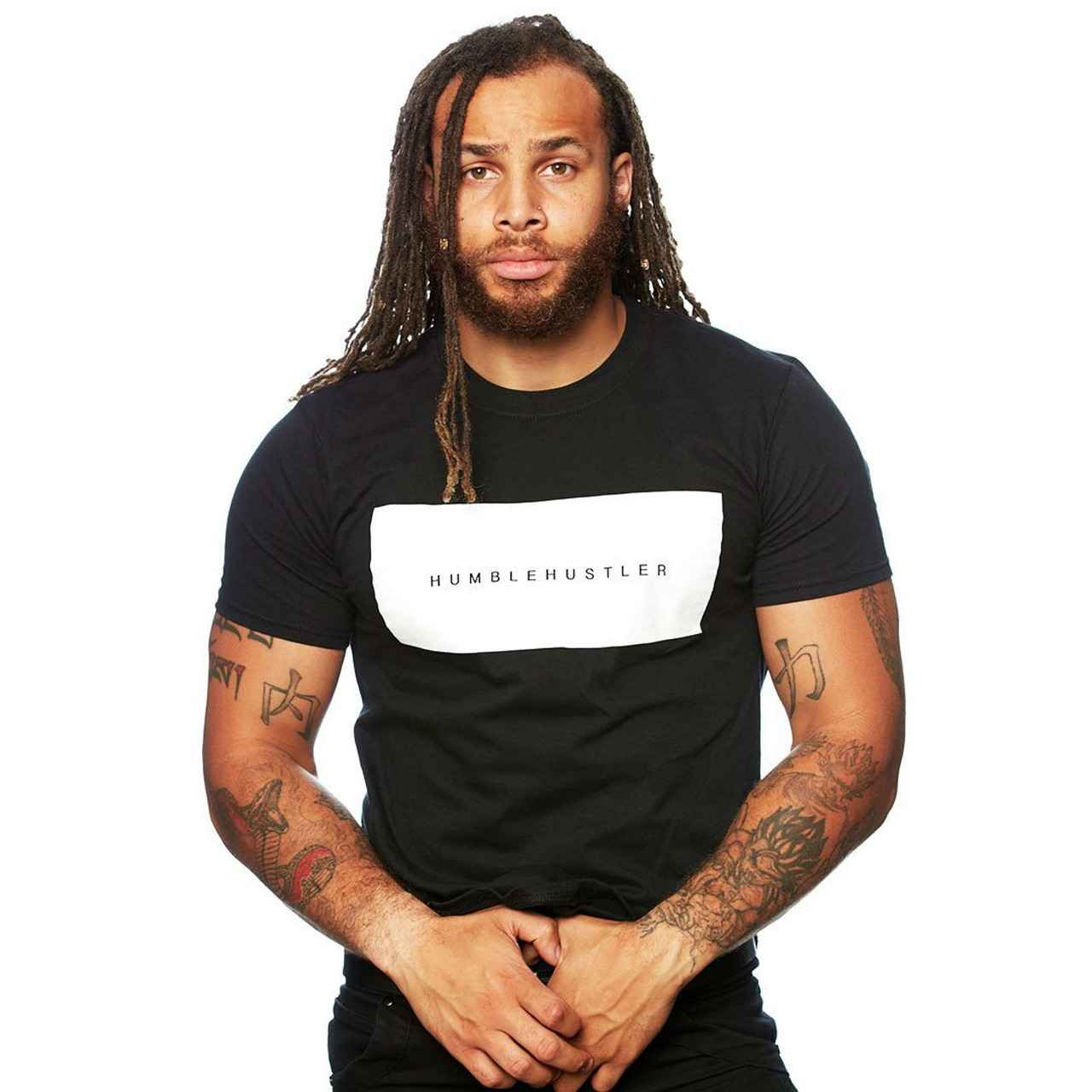This article provides a comprehensive guide to creating custom t-shirts for sports leagues, covering design tips, materials, and printing methods to ensure your team looks great and feels unified.
Understanding Your League’s Identity
Establishing a strong identity is crucial for any sports league. Defining your league’s values, culture, and branding will significantly influence your t-shirt design. Consider what makes your league unique and how you want to represent that through your apparel.
Choosing the Right Fabric for Comfort
Selecting the appropriate fabric is essential for comfort and performance. Options include:
- Cotton: Soft and breathable, ideal for casual wear.
- Polyester: Moisture-wicking properties, perfect for active sports.
- Blends: Combining cotton and polyester offers the best of both worlds.
Design Elements to Consider
Effective t-shirt design requires attention to various elements:
- Color Psychology: Choose colors that evoke team spirit and unity.
- Graphic Design: Incorporate logos and images that capture your league’s essence.
Printing Techniques Explained
Choosing the right printing technique is vital for quality and longevity. Popular methods include:
- Screen Printing: Durable and cost-effective for large orders.
- Heat Transfer: Versatile for detailed designs.
- Direct-to-Garment: Ideal for complex images and smaller quantities.
Budgeting for Your Custom T-Shirts
Budget considerations are crucial when designing custom t-shirts. Understanding material costs and printing expenses can help you stay within budget while achieving quality results.
Ordering and Production Timeline
Planning your order effectively ensures timely delivery. Find a reliable supplier and manage production timelines to avoid delays.
Promoting Your Custom T-Shirts
Once your t-shirts are ready, promoting them is essential. Leverage social media and engage your league community to generate excitement and boost sales.
Conclusion: Creating Lasting Impressions
Designing custom t-shirts for your sports league is a rewarding endeavor. By following the insights provided, you can create memorable apparel that fosters unity and pride among team members.

Understanding Your League’s Identity
Establishing a strong identity is crucial for any sports league. A well-defined identity not only helps in branding but also fosters a sense of belonging among team members and fans. In this section, we will explore how to effectively define your league’s values, culture, and branding, which will ultimately inform your custom t-shirt design.
- Defining Your Values: Start by identifying the core values that represent your league. Are you focused on competition, community, inclusivity, or sportsmanship? These values should resonate throughout your branding and design.
- Cultivating a Unique Culture: Every league has its own culture, shaped by its members and history. Engage with players and fans to understand what makes your league unique. This cultural insight can guide your design choices, ensuring they reflect the spirit of your league.
- Creating a Distinct Brand: Your league’s brand is more than just a logo; it’s the overall perception of your league. Consider how you want to be viewed by the public. This includes visual elements like colors and typography that should align with your league’s values and culture.
Once you have a clear understanding of your league’s identity, you can move forward with your t-shirt design. The design should encapsulate your league’s essence, making it easily recognizable. For instance, if your league values inclusivity, consider using diverse colors that represent unity. If competition is at the forefront, a bold and dynamic design may be more appropriate.
In conclusion, a strong league identity is foundational for effective branding and design. By clearly defining your values, culture, and brand, you can create custom t-shirts that not only look great but also foster a sense of unity and pride among your team members.
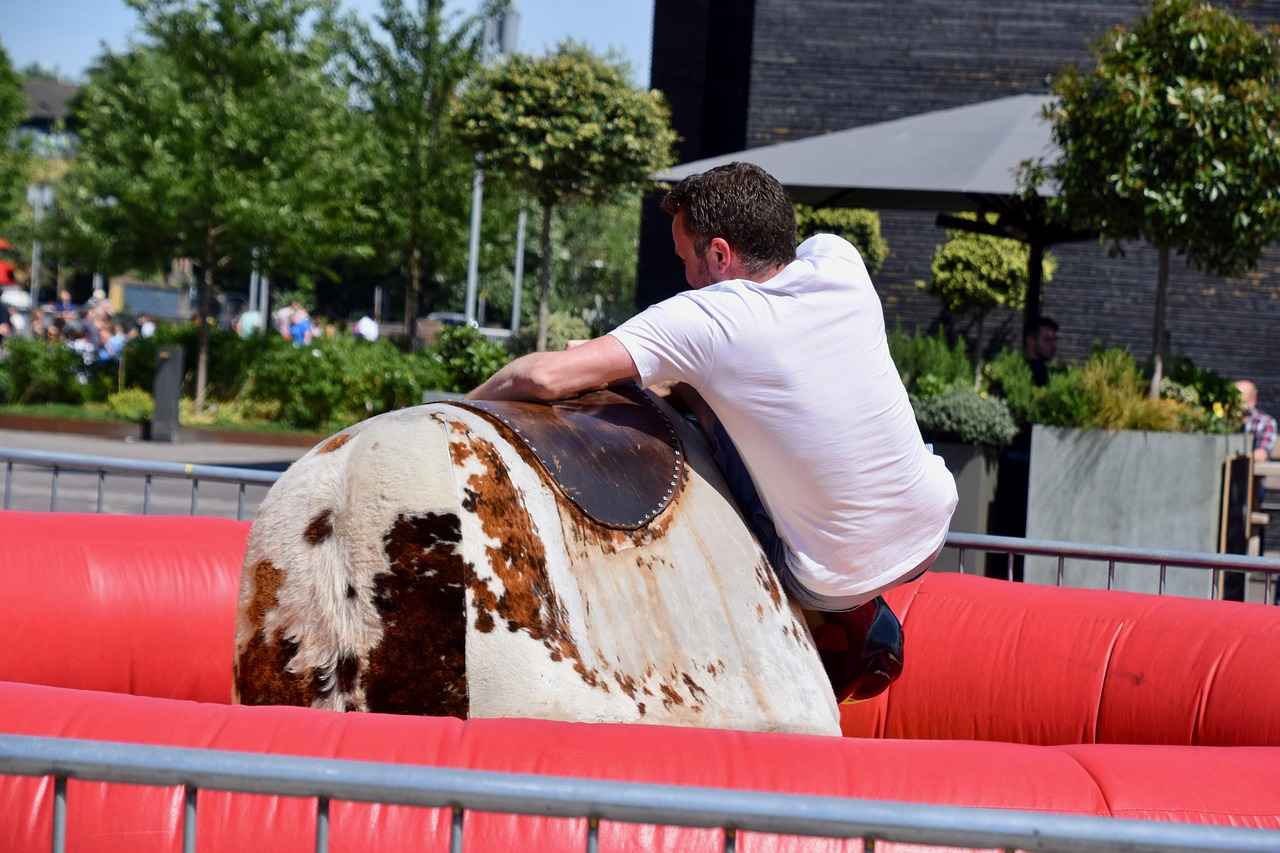
Choosing the Right Fabric for Comfort
Selecting the appropriate fabric is essential for comfort and performance when designing custom t-shirts for your sports league. The right fabric can significantly enhance the wearability of your t-shirts, ensuring that your team not only looks great but also feels great during games and practices. In this section, we will explore various fabric options, their benefits, and how they impact the overall experience of wearing custom t-shirts.
Popular Fabric Types
- Cotton: Known for its softness and breathability, cotton is a classic choice. It is comfortable against the skin and offers good moisture absorption. However, it may not be the best option for high-intensity sports, as it retains moisture.
- Polyester: This fabric is favored for its moisture-wicking properties, making it ideal for athletic wear. Polyester helps keep the body dry by pulling sweat away from the skin, which can enhance performance during physical activities.
- Blends: Many custom t-shirts are made from a blend of cotton and polyester. This combination offers the best of both worlds—softness and breathability from cotton, along with the durability and moisture-wicking benefits of polyester.
Fabric Weight and Durability
Understanding fabric weight is crucial for achieving the desired balance between durability and comfort. Lightweight fabrics are often preferred for warm weather, as they allow for better airflow. However, heavier fabrics tend to be more durable, making them suitable for long-term use. When selecting fabric, consider the specific needs of your league and the types of activities the t-shirts will be used for.
Conclusion
In summary, choosing the right fabric is a vital step in designing custom t-shirts for your sports league. By understanding the different fabric options available and their respective benefits, you can ensure that your team remains comfortable and performs at their best. Always consider the specific requirements of your league when making your fabric selection.
Popular Fabric Types
When it comes to designing custom t-shirts for sports leagues, understanding the different fabric types is essential. Each fabric serves a unique purpose, catering to various needs in terms of comfort, performance, and style. Below, we explore some of the most common fabrics used in sports apparel, including their advantages and disadvantages.
| Fabric Type | Advantages | Disadvantages |
|---|---|---|
| Cotton |
|
|
| Polyester |
|
|
| Blends |
|
|
In summary, choosing the right fabric for your custom t-shirts can significantly impact the overall comfort and performance of your sports apparel. Cotton is ideal for casual wear, while polyester is better suited for high-performance activities. Blends offer a versatile solution that combines the benefits of both. By understanding these fabric types, you can make informed decisions that enhance your team’s experience.
Cotton: The Classic Choice
Cotton is often hailed as the classic choice for sports t-shirts, and for good reason. Its softness and breathability make it a favorite among athletes and casual wearers alike. However, like any material, cotton has its advantages and disadvantages that should be considered when selecting the perfect fabric for your custom sports apparel.
Advantages of Cotton in Sports T-Shirts:
- Comfort: Cotton is incredibly soft against the skin, providing a comfortable fit that is ideal for long hours of wear during practices or games.
- Breathability: The natural fibers allow air to circulate, keeping the wearer cool and dry, especially in warm weather conditions.
- Hypoallergenic: Cotton is less likely to irritate the skin, making it a suitable choice for those with sensitive skin or allergies.
- Eco-Friendly: As a natural fiber, cotton is biodegradable and can be produced sustainably, appealing to environmentally conscious consumers.
Disadvantages of Cotton in Sports T-Shirts:
- Moisture Retention: Unlike synthetic fabrics, cotton tends to absorb moisture rather than wick it away, which can leave the wearer feeling damp during intense physical activity.
- Durability: Cotton may wear out faster than synthetic alternatives, especially when subjected to rigorous washing and wear.
- Shrinkage: Cotton is prone to shrinking after washing, which can affect the fit and appearance of the t-shirt over time.
In conclusion, while cotton offers a range of benefits that make it a popular choice for sports t-shirts, it’s important to weigh these against its potential drawbacks. For those prioritizing comfort and breathability, cotton remains a strong contender, but athletes looking for high-performance wear may want to consider blends or synthetic options that better suit their needs.
Polyester: The Performance Fabric
Polyester has become a popular choice in the world of athletic wear, primarily due to its remarkable moisture-wicking properties. This fabric effectively draws moisture away from the body, allowing athletes to remain cool and dry during intense physical activities. But how does polyester enhance athletic performance, and what makes it suitable for a variety of sports?
One of the key benefits of polyester is its ability to regulate body temperature. By transporting sweat away from the skin, it helps maintain a comfortable body temperature, which is crucial during high-intensity workouts. This feature is especially beneficial for sports that require prolonged physical exertion, such as running, basketball, and soccer.
Moreover, polyester is known for its durability. Unlike other fabrics, it withstands wear and tear from rigorous activities, making it an ideal choice for team uniforms and training gear. Its resistance to shrinking and stretching ensures that garments retain their shape and fit, providing athletes with consistent comfort and performance.
In addition to its functional benefits, polyester is also lightweight and breathable, which enhances mobility. Athletes can move freely without feeling weighed down, allowing for optimal performance. Furthermore, polyester dries quickly, which is advantageous for outdoor sports where weather conditions can change rapidly.
Finally, the versatility of polyester allows it to be blended with other fabrics, creating a range of options for different sports and activities. This adaptability means that whether you are designing a custom t-shirt for a marathon team or a jersey for a local soccer club, polyester can meet the specific needs of your league.
In conclusion, polyester is more than just a fabric; it is a performance-enhancing material that supports athletes in their pursuit of excellence. Its moisture-wicking capabilities, durability, and versatility make it an excellent choice for anyone involved in sports.
Fabric Weight and Durability
Fabric weight plays a vital role in determining the overall durability and comfort of your custom t-shirts. Understanding how different fabric weights influence the longevity and feel of your garments can help you make informed decisions when designing for your sports league.
Fabric weight is typically measured in grams per square meter (GSM). This measurement indicates how heavy or light the fabric is, which directly impacts its durability and comfort. A heavier fabric, such as one weighing over 200 GSM, tends to be more durable and resistant to wear and tear, making it ideal for rigorous sports activities. On the other hand, lighter fabrics, generally below 150 GSM, offer a more breathable option that is perfect for warm weather but may not withstand heavy use as effectively.
When selecting the right fabric weight, consider the following:
- Activity Level: For high-impact sports, opt for heavier fabrics that can endure frequent use and washing.
- Climate: In warmer climates, lighter fabrics may provide better comfort due to increased breathability.
- Fit and Style: The weight of the fabric can affect the drape and fit of the t-shirt. Heavier fabrics may offer a more structured look, while lighter fabrics tend to drape more freely.
Moreover, the choice of fabric weight can influence how the t-shirt feels against the skin. A heavier fabric may provide a sense of security and warmth, while a lighter option can feel almost weightless, which is beneficial during intense physical activities.
In summary, understanding fabric weight is crucial for achieving a balance between durability and comfort in your custom t-shirts. By carefully considering the weight of the fabric, you can ensure that your sports league’s apparel not only looks great but also stands up to the demands of active wear.
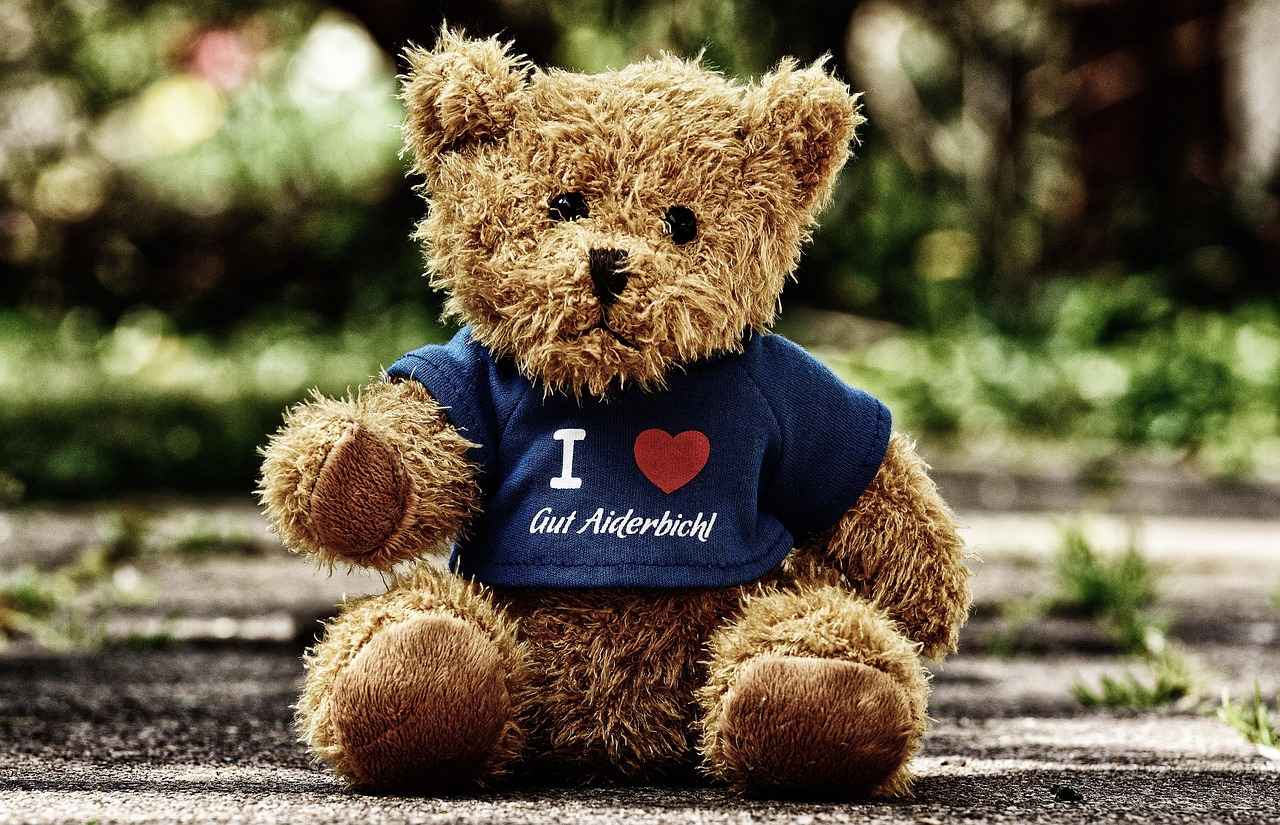
Design Elements to Consider
Creating a custom t-shirt that stands out requires a careful balance of various design elements. This section delves into the key components—colors, graphics, and typography—that contribute to the overall appeal of your shirts, ensuring they resonate with your audience.
Color Choices: The Heart of Your Design
The colors you choose for your t-shirt design can significantly impact how your audience perceives your brand. Color psychology plays a vital role in this process. For instance, blue often conveys trust and reliability, while red can evoke excitement and energy. When selecting a color palette, consider your league’s identity and the emotions you wish to evoke in your supporters.
- Team Colors: Incorporating your league’s official colors helps in establishing brand consistency.
- Contrast: Use contrasting colors to make text and graphics pop, enhancing visibility and appeal.
- Trends: Stay updated with current color trends in sports apparel to keep your designs fresh and appealing.
Graphics: Telling Your Story Visually
Graphics are essential in making your t-shirt design memorable. Whether it’s a logo, mascot, or a unique illustration, the visual elements should reflect your league’s spirit. Here are some tips for effective graphic design:
- Simplicity: A clean and simple design is often more impactful than a cluttered one.
- Scalability: Ensure that your graphics are scalable without losing quality, especially for larger prints.
- Originality: Create unique graphics that differentiate your league from others, fostering a sense of pride among members.
Typography: The Voice of Your Design
The typography you choose can convey a lot about your league’s personality. When selecting fonts, consider the following:
- Readability: Opt for fonts that are easy to read from a distance, especially for game-day shirts.
- Style: Choose fonts that match your league’s theme—playful, bold, or elegant—to enhance your message.
- Hierarchy: Use different font sizes and styles to create a visual hierarchy, guiding the viewer’s eye through the design.
By thoughtfully combining these elements—colors, graphics, and typography—you can create custom t-shirts that not only look great but also resonate deeply with your audience, fostering a sense of unity and pride within your sports league.
Color Psychology in Sports
plays a significant role in shaping team identity and influencing fan emotions. Understanding how colors affect perceptions can help sports leagues choose the right palette that resonates with their values and mission. This article delves into the intricacies of color psychology and its application in sports, providing insights on how to select an effective color scheme for your league’s identity.
Colors are not merely aesthetic choices; they evoke strong emotions and can foster a sense of belonging among team members and supporters. For instance, the color red is often associated with passion and energy, making it a popular choice for teams looking to convey enthusiasm and aggression. On the other hand, blue is often linked to trust and calmness, which can help create a more composed team image.
| Color | Emotion | Team Examples |
|---|---|---|
| Red | Passion, Energy | Chicago Bulls, Liverpool FC |
| Blue | Trust, Calmness | New York Yankees, Chelsea FC |
| Green | Growth, Balance | Boston Celtics, Seattle Sounders |
| Yellow | Optimism, Joy | Los Angeles Lakers, Borussia Dortmund |
When selecting colors for your league, consider the demographics of your audience and the values you want to project. For example, a youth league might opt for vibrant colors to attract younger fans, while a more established league may choose classic hues to convey tradition and stability.
Moreover, it’s essential to maintain consistency in your color scheme across all branding materials, including merchandise, logos, and promotional content. This consistency helps to build a recognizable identity, making it easier for fans to connect with the team.
In conclusion, understanding color psychology is crucial for sports leagues aiming to create a strong identity and emotional connection with their audience. By thoughtfully selecting a color palette that reflects your league’s values and resonates with fans, you can foster a sense of unity and pride that enhances team spirit.
Graphic Design Basics
are essential in creating custom t-shirts that not only look appealing but also resonate with your sports league’s identity. Incorporating graphics effectively is key to a striking design. This section provides valuable tips and insights for creating logos and images that capture your league’s essence.
When designing graphics for your t-shirts, consider the following important aspects:
- Understand Your Audience: Knowing your target audience is crucial. Are they young athletes, parents, or fans? Tailoring your graphics to appeal to their preferences will enhance engagement.
- Choose the Right Color Palette: Colors evoke emotions and can represent your league’s spirit. For instance, vibrant colors may convey energy and enthusiasm, while muted tones can suggest sophistication and professionalism.
- Keep it Simple: A cluttered design can be overwhelming. Aim for simplicity in your graphics. A clean, bold logo often leaves a lasting impression.
- Incorporate Symbolism: Use symbols that resonate with your league’s values or history. This can create a deeper connection with players and fans alike.
- Typography Matters: The font you choose can greatly impact your design. Ensure it is legible and complements the overall aesthetic of your graphic.
Additionally, consider the following tips when creating logos:
1. Sketch your ideas: Start with rough sketches to brainstorm concepts.2. Use design software: Tools like Adobe Illustrator or Canva can help refine your designs.3. Seek feedback: Share your designs with team members to gather opinions and make improvements.4. Test on various backgrounds: Ensure your logo looks good on different t-shirt colors and styles.
In conclusion, effective graphic design is pivotal in creating custom t-shirts that not only represent your sports league but also foster a sense of belonging among team members. By following these tips, you can craft designs that are both visually appealing and meaningful.
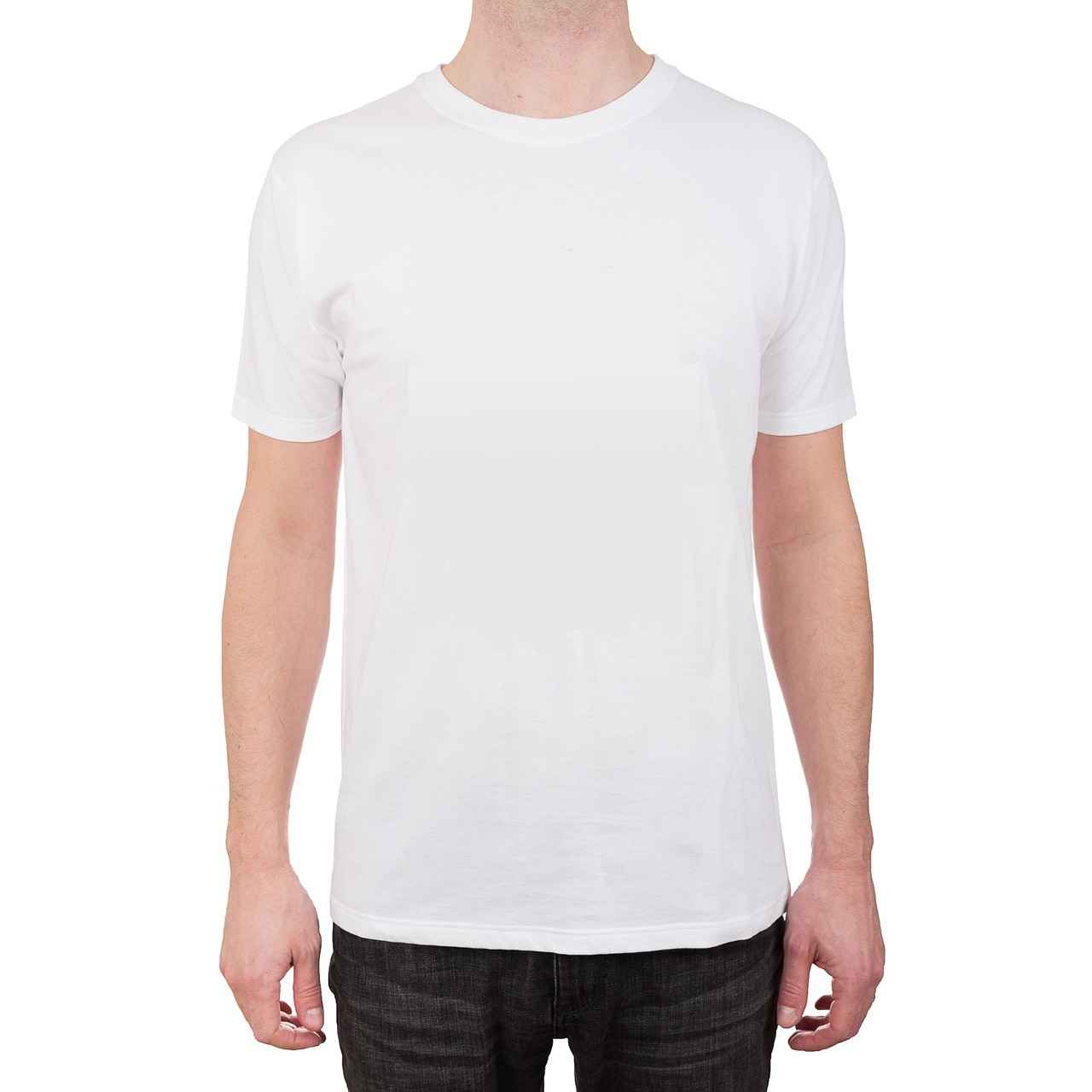
Printing Techniques Explained
Choosing the right printing technique is crucial for achieving the desired quality and longevity of your custom t-shirts. Each method has its unique characteristics, advantages, and ideal applications. This section will explore three popular printing techniques: screen printing, heat transfer, and direct-to-garment (DTG) printing.
- Screen Printing: This traditional method involves creating a stencil (or screen) for each color in the design. Ink is then pushed through the screen onto the fabric. Screen printing is known for its durability and vibrant colors, making it ideal for bulk orders. It works best on cotton and blends, providing a long-lasting finish that withstands multiple washes.
- Heat Transfer: This technique uses heat to transfer a design from a special paper onto the fabric. It’s versatile and allows for detailed designs, including photographs. While heat transfer can produce high-quality prints, it may not be as durable as screen printing. Over time, the prints can crack or fade, especially with frequent washing.
- Direct-to-Garment (DTG) Printing: DTG is a relatively new method that uses inkjet technology to print directly onto the fabric. This technique is perfect for intricate designs and allows for a wide range of colors. DTG printing is suitable for small orders, but it may not be as cost-effective for larger quantities. The prints are soft to the touch and maintain the fabric’s original feel.
When selecting a printing method, consider factors such as design complexity, quantity, and budget. Each technique has its strengths and weaknesses, so understanding these can help you make an informed decision that aligns with your league’s needs.
In conclusion, the right printing technique not only enhances the appearance of your custom t-shirts but also contributes to their overall longevity. By carefully evaluating each method, you can ensure that your team’s apparel looks great and stands the test of time.
Screen Printing Advantages
Screen printing is a highly regarded method of printing that has gained popularity for its durability and versatility. This technique involves pushing ink through a mesh screen onto a substrate, typically fabric, allowing for vibrant and long-lasting designs. In this section, we will explore the benefits of screen printing and the ideal scenarios for using this method, particularly for custom t-shirts.
- Durability: One of the primary advantages of screen printing is its exceptional durability. The inks used in this process are designed to withstand numerous washes and wear, making it an ideal choice for apparel that will be used frequently, such as team uniforms.
- Vibrant Colors: Screen printing allows for the use of bold, vibrant colors that can stand out and capture attention. This is especially important for sports teams looking to display their logos and colors prominently.
- Cost-Effective for Bulk Orders: When printing large quantities, screen printing becomes more cost-effective compared to other methods. The setup costs are higher, but the price per unit decreases significantly with larger orders, making it ideal for leagues ordering multiple shirts.
- Versatility: This method can be used on a variety of materials, including cotton, polyester, and blends. This flexibility allows teams to choose the best fabric for their needs while still achieving high-quality prints.
- Custom Designs: Screen printing is perfect for intricate designs and logos. It allows for detailed artwork that can be replicated consistently across all shirts, ensuring that every member of the team looks unified.
In summary, screen printing is a superior choice for custom t-shirts due to its durability, vibrant color options, cost-effectiveness for bulk orders, versatility across materials, and ability to produce custom designs. Whether you are outfitting a sports league or creating promotional apparel, screen printing offers the reliability and quality needed to make a lasting impression.
Heat Transfer vs. Direct-to-Garment
When it comes to printing custom t-shirts for your sports league, choosing the right technique is essential for achieving the desired quality and longevity. Two of the most popular methods are heat transfer and direct-to-garment (DTG) printing. Each technique has its own set of advantages and considerations, making it important to understand their differences before making a decision.
| Feature | Heat Transfer | Direct-to-Garment (DTG) |
|---|---|---|
| Print Quality | Good, but can fade over time | High-quality, vibrant prints |
| Durability | Moderate, may crack or peel | Very durable, long-lasting |
| Design Complexity | Best for simple designs | Handles complex designs well |
| Setup Time | Quick for small runs | Longer setup for each design |
| Cost Efficiency | Cost-effective for small orders | More economical for larger quantities |
Heat Transfer involves transferring a design from a special vinyl or paper onto fabric using heat and pressure. This method is particularly suitable for simple designs and smaller runs, making it a popular choice for teams looking to create custom t-shirts quickly and affordably. However, heat transfer prints can fade or crack over time, especially with frequent washing.
On the other hand, Direct-to-Garment (DTG) printing uses inkjet technology to print directly onto the fabric, allowing for highly detailed and vibrant designs. DTG is ideal for larger orders and complex graphics, as it can produce a wide range of colors without the limitations of vinyl. Although the initial setup may take longer, the result is a more durable and long-lasting print.
Ultimately, the choice between heat transfer and DTG printing will depend on your specific needs, including budget, design complexity, and the number of shirts required. By evaluating these factors, you can make an informed decision that best suits your sports league.

Budgeting for Your Custom T-Shirts
When it comes to designing custom t-shirts for your sports league, budget considerations play a pivotal role. Striking the right balance between quality and cost ensures that your league can achieve its goals without overspending. This section delves into practical strategies for managing your budget effectively while still delivering outstanding t-shirts that your team will be proud to wear.
First and foremost, it’s essential to understand the cost breakdown of materials. Different fabrics come with varying price tags, and knowing the pros and cons of each can help you make informed decisions. For instance, while cotton is soft and comfortable, it may not be as durable as polyester. By weighing these options, you can select a fabric that aligns not only with your quality expectations but also with your financial constraints.
Next, consider the printing costs. The method you choose can significantly impact your budget. For example, screen printing is often more affordable for larger quantities, while direct-to-garment printing may be better suited for smaller orders. Understanding the nuances of these techniques can help you optimize your spending.
Additionally, take advantage of quantity discounts. Many suppliers offer reduced rates for bulk orders, which can lead to substantial savings. By planning your order strategically, you can maximize these discounts and keep your overall costs in check.
Finally, always leave room in your budget for unexpected expenses. Whether it’s a last-minute design change or an increase in material costs, having a financial buffer will ensure that your project remains on track without compromising quality.
In conclusion, effective budgeting for custom t-shirts involves a careful analysis of materials, printing methods, and potential discounts. By following these guidelines, your league can achieve a stunning look while staying within budget.
Cost Breakdown of Materials
When embarking on the journey of designing custom t-shirts for your sports league, one of the most critical aspects to consider is the . Understanding the expenses associated with different fabric options not only aids in effective budgeting but also ensures that you make informed decisions that align with your league’s financial capabilities.
Here, we will delve into the various materials commonly used for custom t-shirts, breaking down their costs, benefits, and potential drawbacks. This detailed overview will help you select the best options that fit both your budget and your team’s needs.
| Material Type | Cost per Unit | Benefits | Drawbacks |
|---|---|---|---|
| Cotton | $5.00 | Softness, breathability, and comfort make it ideal for casual wear. | May not wick moisture effectively; can shrink after washing. |
| Polyester | $7.00 | Durability and moisture-wicking properties enhance athletic performance. | Less breathable than cotton; can feel less comfortable in hot weather. |
| Blends (Cotton/Polyester) | $6.00 | Combines the benefits of both fabrics, offering comfort and durability. | Quality can vary; may not excel in specific areas like pure cotton or polyester. |
In addition to material costs, it’s essential to factor in other expenses that can arise during the t-shirt production process. Printing costs can vary significantly based on the printing method chosen, the complexity of the design, and the number of colors used. For instance, screen printing may have higher upfront costs but can be more economical for larger orders due to its efficiency.
By understanding these costs and their implications, you can create a budget that not only accommodates quality materials but also aligns with your league’s financial goals. Remember, investing in quality materials can lead to longer-lasting apparel that enhances team spirit and unity.
Printing Costs and Quantity Discounts
Printing costs can vary significantly based on several factors, including the type of material, the printing method, and most importantly, the quantity ordered. Understanding how quantity discounts work can lead to substantial savings for your sports league, allowing you to allocate funds more effectively.
When you order custom t-shirts in larger quantities, many suppliers offer discounts that can dramatically reduce the per-unit cost. For instance, if you plan to order 50 shirts, the cost per shirt may be higher than if you order 100 or more. This is because bulk orders streamline production and reduce the setup costs for the printer, which can be passed on to you as savings.
Here are some tips for maximizing your savings on printing costs:
- Plan Ahead: Anticipate the number of shirts you will need and order in bulk to take advantage of discounts.
- Compare Suppliers: Different suppliers may offer varying discount structures. Get quotes from multiple vendors to find the best deal.
- Choose Simple Designs: Intricate designs may incur additional setup fees. Opting for simpler graphics can help keep costs down.
- Combine Orders: If your league can collaborate with other teams or groups to place a larger order, you can benefit from collective discounts.
Additionally, consider the timing of your order. Many suppliers offer seasonal promotions or discounts during off-peak times, which can further enhance your savings.
In conclusion, understanding the dynamics of printing costs and leveraging quantity discounts can significantly impact your league’s budget. By following the tips outlined above, you can ensure that your team looks great while staying within financial limits.

Ordering and Production Timeline
When it comes to creating custom t-shirts for your sports league, effective planning is key to ensuring that your order arrives on time. This section will guide you through the essential steps of the ordering process and help you establish a realistic production timeline.
- Step 1: Define Your Needs – Begin by determining the quantity and sizes of t-shirts required. It’s important to consult with team members to gather their preferences and ensure everyone is accounted for.
- Step 2: Research Suppliers – Take the time to find a reliable supplier who specializes in custom apparel. Look for reviews and testimonials to gauge their reliability and quality of service.
- Step 3: Create Your Design – Work on your t-shirt design, keeping in mind the league’s identity. Make sure to finalize your graphics and colors before submitting them to the supplier.
- Step 4: Set a Production Timeline – Establish a timeline that includes key milestones such as order placement, production start, and delivery dates. Factor in potential delays to avoid last-minute surprises.
- Step 5: Place Your Order – Once everything is in place, place your order with the supplier. Ensure that you receive a confirmation and an estimated delivery date.
- Step 6: Monitor Production – Stay in touch with your supplier during the production phase. Regular check-ins can help you address any issues that may arise promptly.
- Step 7: Prepare for Delivery – As the delivery date approaches, make arrangements for receiving the t-shirts. Ensure someone is available to accept the shipment and check for accuracy.
By following these steps, you can ensure a smooth ordering process and timely delivery of your custom t-shirts. Remember, effective communication with your supplier is vital to navigating any challenges that may come up during production.
In conclusion, taking the time to plan your order effectively not only guarantees that your team receives their t-shirts on schedule but also enhances the overall experience of unity and pride in your league.
Finding a Reliable Supplier
is crucial when it comes to creating custom t-shirts for your sports league. The right supplier can significantly impact the quality, cost, and overall success of your project. Here are some essential tips to help you identify a trustworthy vendor for your custom t-shirts.
- Research and Reviews: Start by researching potential suppliers online. Look for customer reviews and testimonials to gauge their reputation. Websites like Trustpilot or Yelp can provide insights into previous customers’ experiences.
- Request Samples: Before committing to a supplier, request samples of their work. This allows you to assess the quality of the fabric, printing, and overall craftsmanship. A reputable supplier should be willing to provide samples to showcase their capabilities.
- Communication: Effective communication is key. A reliable supplier should be responsive and willing to answer your questions promptly. Pay attention to how they communicate during the initial stages; this can be a good indicator of their professionalism.
- Transparency in Pricing: Ensure that the supplier provides clear and detailed pricing information. Be wary of hidden costs that may arise later in the process. A trustworthy vendor will be upfront about their pricing structure.
- Production Capabilities: Assess the supplier’s production capabilities. Can they handle your order size? Do they have the necessary equipment and technology for your desired printing method? Understanding their capabilities will help you avoid potential delays.
- Delivery Timelines: Discuss delivery timelines upfront. A reliable supplier should provide a realistic estimate of when you can expect your order. Make sure they can meet your deadlines, especially if you have a specific event or season in mind.
In conclusion, choosing the right supplier for your custom t-shirts is a vital step in ensuring the success of your project. By following these tips and conducting thorough research, you can find a vendor that aligns with your needs and helps bring your vision to life.
Managing Production Delays
Production delays can be a significant hurdle in any project, leading to frustration and potential loss of momentum. Understanding the common causes of these delays is essential for effective management and ensuring that your project remains on track.
- Supplier Issues: One of the most frequent causes of production delays is related to suppliers. Issues such as late deliveries, quality control problems, or even financial instability can impact the timeline.
- Resource Availability: A lack of necessary materials or resources can halt production. This can occur due to unexpected demand spikes or logistical challenges.
- Labor Shortages: Workforce availability can fluctuate due to various factors, including illness, strikes, or seasonal changes. This can lead to delays in meeting production schedules.
- Technical Difficulties: Equipment malfunctions or software issues can disrupt the production process. Regular maintenance and updates can help mitigate these risks.
To effectively manage these delays, consider implementing the following strategies:
- Establish Clear Communication: Maintain open lines of communication with all stakeholders, including suppliers and team members. Regular updates can help identify potential issues before they escalate.
- Set Realistic Timelines: When planning your project, be sure to factor in potential delays. Setting realistic timelines allows for flexibility and reduces stress.
- Diversify Your Suppliers: Relying on a single supplier can be risky. By diversifying your supplier base, you can mitigate the impact of one supplier’s delays on your overall project.
- Monitor Progress: Regularly review the production schedule and progress. This will help you identify any delays early and take corrective actions promptly.
By understanding the common causes of production delays and implementing effective management strategies, you can keep your project on track and maintain a smooth workflow. Remember, proactive planning and communication are key to overcoming these challenges.
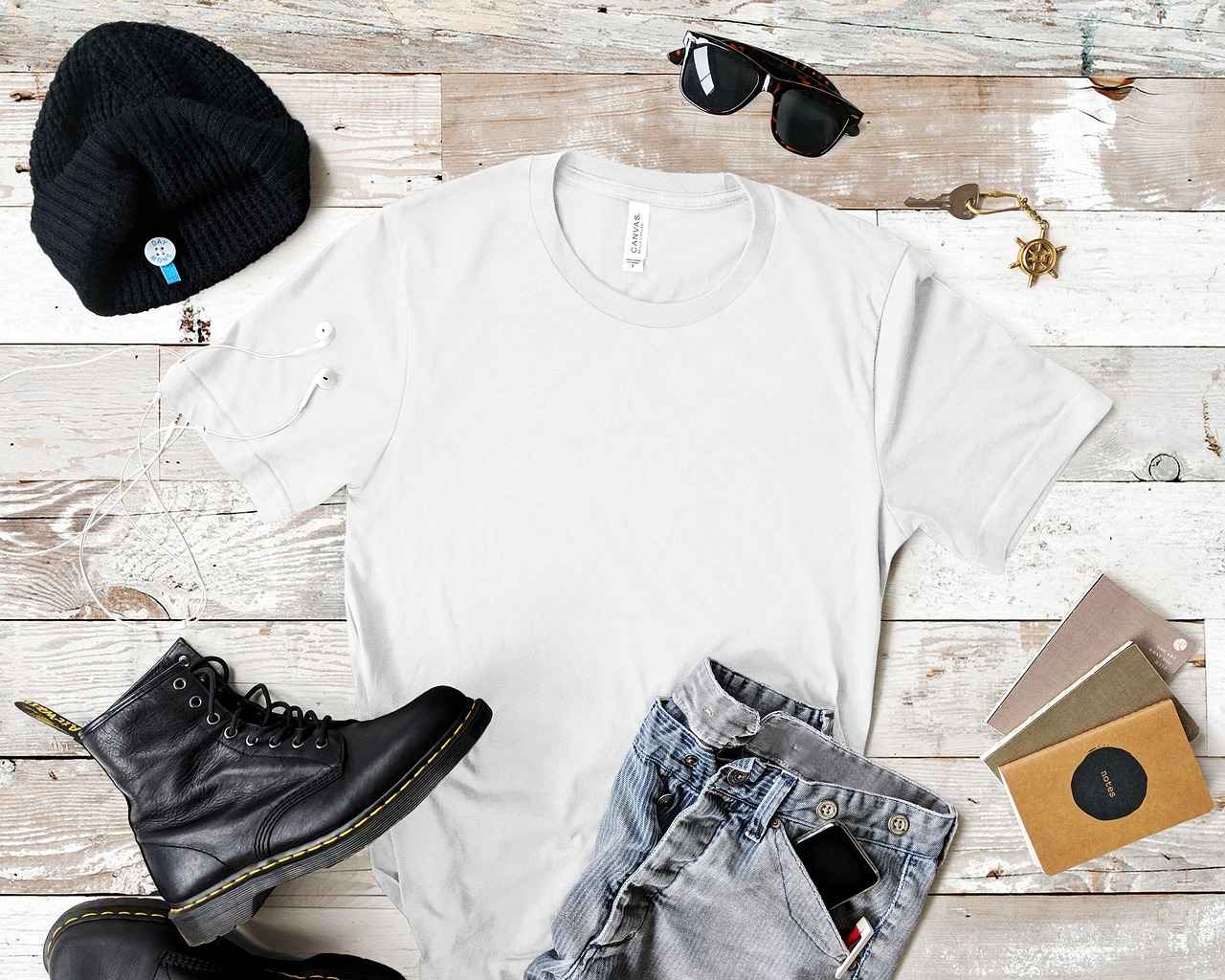
Promoting Your Custom T-Shirts
Once your t-shirts are ready, effective promotion is crucial for generating excitement and boosting sales within your league. This section outlines various strategies that can help you successfully market your custom t-shirts, ensuring they reach your target audience and resonate with your league’s identity.
- Utilizing Social Media Platforms: Social media is an indispensable tool for promotion. Create engaging posts showcasing your custom t-shirts, utilizing eye-catching images and videos. Platforms like Instagram and Facebook can help you reach a wider audience. Consider using hashtags related to your league and sports to increase visibility.
- Engaging with Your Community: Involve your league members in the promotion process. Encourage them to share photos wearing the t-shirts and tag your league’s social media accounts. This not only boosts visibility but also fosters a sense of community and pride.
- Offering Limited-Time Discounts: Create a sense of urgency by offering limited-time discounts or promotions. This tactic can encourage potential buyers to make quick decisions and increase overall sales.
- Hosting Events: Organize events such as games, tournaments, or community gatherings where members can wear and showcase their custom t-shirts. This not only promotes the shirts but also strengthens team spirit and camaraderie.
- Creating Promotional Materials: Design flyers, posters, or online ads that highlight your custom t-shirts. Distributing these materials in local community centers, schools, or sports facilities can attract more attention and potential buyers.
- Collaborating with Local Businesses: Partner with local businesses to cross-promote your t-shirts. For instance, local sports shops might be interested in displaying your shirts, or you could offer to sponsor a local event in exchange for promotion.
By implementing these strategies, you can effectively promote your custom t-shirts, generating excitement and driving sales within your league. Remember, the key to successful promotion lies in creativity and community engagement.
Leveraging Social Media
is essential for promoting your custom t-shirts effectively. In today’s digital age, utilizing various social media platforms can significantly enhance visibility and engagement for your sports league. Here’s how to make the most of these platforms to showcase your custom t-shirts.
- Identify Your Target Audience: Understand who your audience is, including their age, interests, and preferred platforms. Tailoring your content to resonate with this group can lead to higher engagement.
- Create Eye-Catching Visuals: Use high-quality images of your custom t-shirts. Consider using lifestyle shots that depict team members wearing the shirts in action. This not only showcases the product but also creates a sense of community.
- Utilize Hashtags: Research and implement relevant hashtags to increase the discoverability of your posts. Popular sports hashtags can attract a broader audience and connect you with other teams and leagues.
- Engage with Your Followers: Respond to comments and messages promptly. Engaging with your audience fosters a sense of belonging and encourages them to share your content.
- Run Contests and Giveaways: Organize social media contests where followers can win free t-shirts. This encourages sharing and increases your reach while generating excitement around your brand.
- Share User-Generated Content: Encourage your team members and fans to post photos wearing the t-shirts and tag your league. Reposting this content not only builds community but also provides authentic promotion.
In conclusion, leveraging social media for promoting your custom t-shirts requires a strategic approach. By understanding your audience, creating engaging content, and fostering community interaction, you can effectively showcase your league’s spirit and boost sales.
Engaging Your League Community
Engaging with your league community is essential for driving interest and participation. When members feel connected and involved, they are more likely to promote events, share experiences, and foster a sense of belonging. Here are some effective strategies to involve your members in the promotion process:
- Host Community Events: Organize events where members can come together, such as tournaments, workshops, or social gatherings. These events not only build camaraderie but also provide opportunities to showcase your league’s activities.
- Utilize Social Media: Create dedicated social media groups or pages where members can share updates, photos, and experiences. Encourage them to post about their involvement and invite friends to join, increasing your league’s visibility.
- Incentivize Participation: Offer rewards for members who actively promote the league. This could be discounts on merchandise, recognition in newsletters, or even prizes for the most engaged members.
- Encourage User-Generated Content: Ask members to share their stories, photos, or videos related to the league. This not only promotes engagement but also creates a sense of ownership among members.
- Highlight Member Achievements: Regularly feature members’ achievements and contributions in newsletters or on social media. This recognition fosters a positive community spirit and encourages others to get involved.
- Collaborate with Local Businesses: Partnering with local businesses can provide mutual benefits. They can help promote your league, and in return, you can offer them advertising opportunities or sponsorships.
By implementing these strategies, you can create a vibrant and engaged community around your league. Remember, the more involved your members feel, the more likely they are to contribute to your league’s growth and success.

Conclusion: Creating Lasting Impressions
In summary, the journey of designing custom t-shirts for your sports league is not just about creating apparel; it is about building a sense of community and identity. When you take the time to consider the unique characteristics of your league, you are investing in something that transcends the fabric of the shirt itself. The t-shirts become a symbol of teamwork, dedication, and shared experiences.
By implementing the insights discussed in this guide, you can ensure that your custom t-shirts not only look great but also resonate with the values and spirit of your team. From selecting the right materials that enhance comfort and performance to choosing a design that reflects your league’s identity, each decision plays a crucial role in the final product.
Moreover, understanding the various printing techniques available will allow you to achieve the best quality and longevity for your shirts, ensuring they withstand the rigors of sporting activities. Budgeting effectively and planning your production timeline are also essential steps that contribute to a successful t-shirt launch.
Finally, once your t-shirts are ready to hit the field, promoting them through engaging strategies can create excitement and camaraderie among team members and supporters alike. By fostering a sense of pride in your league’s apparel, you not only enhance the visual appeal but also strengthen the bonds between players and fans.
Ultimately, the goal is to create memorable apparel that not only serves a functional purpose but also becomes a cherished part of your league’s history. As you embark on this rewarding endeavor, remember that the impact of your custom t-shirts extends far beyond the game, creating lasting impressions that will be felt for years to come.
Frequently Asked Questions
- What should I consider when designing my league’s custom t-shirts?
When designing custom t-shirts, think about your league’s identity, colors, and the message you want to convey. Incorporate elements that resonate with your team spirit and values to create a cohesive look.
- Which fabric is best for sports t-shirts?
The best fabric depends on your needs. Cotton is soft and breathable, while polyester offers moisture-wicking properties ideal for athletic performance. Blends can provide a balance of comfort and functionality.
- What printing methods should I consider for my t-shirts?
Common printing methods include screen printing, heat transfer, and direct-to-garment printing. Screen printing is durable, while heat transfer is great for detailed designs. Choose based on your design complexity and budget.
- How can I promote my custom t-shirts effectively?
Utilize social media platforms to showcase your t-shirts, engage with your league community, and create buzz around your designs. Encourage members to share their excitement and photos wearing the shirts!
- What factors affect the cost of custom t-shirts?
Costs can vary based on fabric choice, printing method, and order quantity. Understanding these factors will help you budget effectively and find the best deals without compromising on quality.








